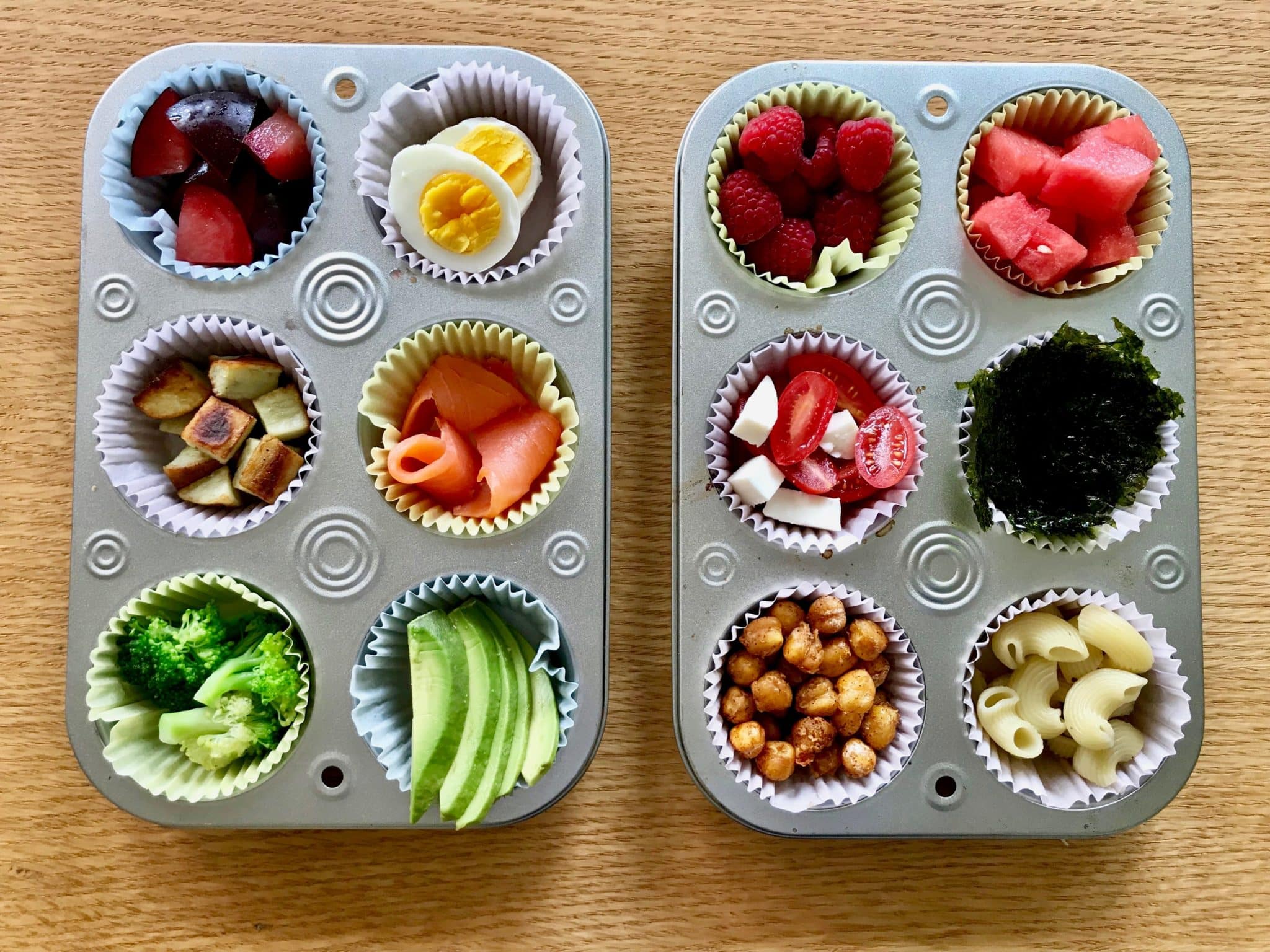 ☰ Menu
☰ Menu
 ☰ Menu
☰ Menu
Holidays can be rough on children with feeding difficulties, and every year around this time, we are thinking through ways to make the holiday food and gathering easier for your children. We have written articles to help with the holidays but wanted to address some ways you can start getting your children ready for the changes in food early. In addition to helping ease children into some holiday differences, these strategies can also be incorporated into the calendar year and give twists on the usual food presentation.
Appetizers, Hors d’oeuvre, Charcuterie boards, snack plates, whatever you want to call them, they all revolve around the idea of a spread of different foods presented in a way where you can choose what you want and how you would like it. This presentation style can be hugely beneficial for many reasons but may need some adaptions for children with feeding difficulties.
First, let’s think about ways you can use an appetizer tray to work for children with feeding difficulties.
Here are some examples that may work for your child. 
First, as the adult, you are presenting a variety of foods while allowing the children to engage or enter into the Steps to Eating at the level where they are most ready. For some children, just visually having the foods in the middle of the table will be all they can do. For others, they may see a color or shape that interests them. Maybe how the food is arranged catches their eye or their cognitive interest. But you have visually exposed them to new foods, which is often one of the hardest steps.
Second, you are showing them that preferred foods and non-preferred foods can be close together and still be ok. This may need to be said to some children, and others may naturally learn on their own. For example, they can see their preferred crackers next to some non-preferred cheese and choose to still eat the preferred cracker. Maybe your child will have a harder time with the proximity, so you can present the foods in a muffin tin, as we mentioned above. Seeing foods close to each other and watching adults model choices can empower children to learn about new foods and encourage problem-solving. Using authentic exploration as an adult of food combinations can greatly empower a child who is still learning to explore.
And finally, using trays and arrangement of foods helps get us out of the ordinary routine, which is why we as adults sometimes love the holidays. But for kids, the change in routine is more difficult. So, bring out a party platter, appetizer board, or veggie tray at dinner. Let your child experience the novelty, exploration, problem-solving, and hopefully fun, all while slowly preparing their bodies for holiday parties and get-togethers later in the month.
Copyright SOS Approach to Feeding © 2024 | Web Design by Webolutions